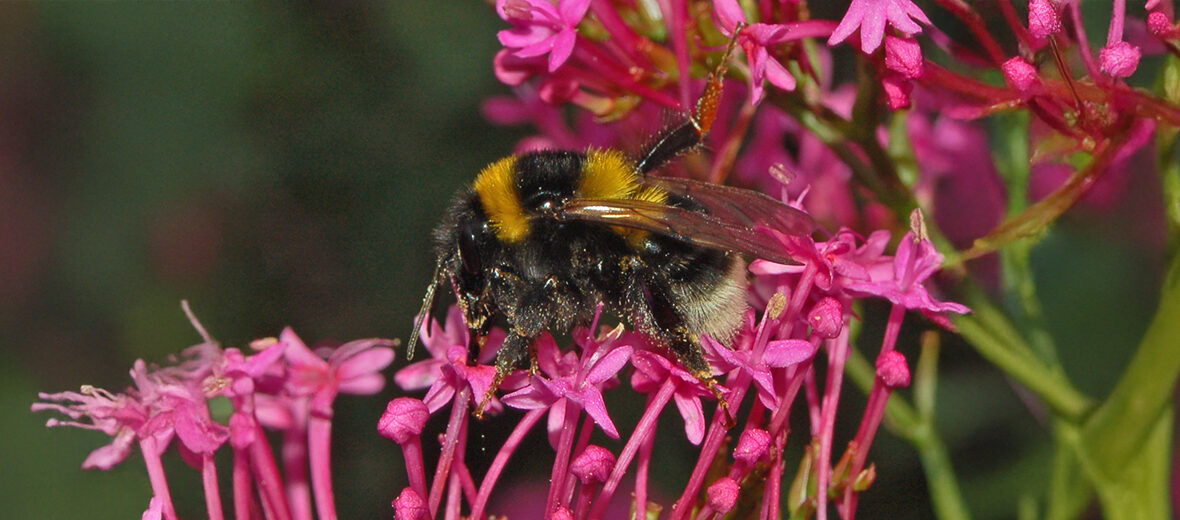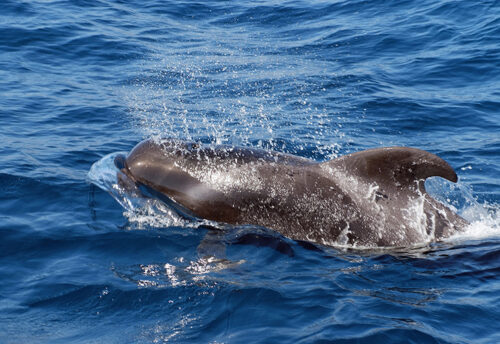
The large garden bumblebee, aka ruderal bumblebee, is a long-tongued bumblebee that is found in Europe and in some parts of northern Africa. They use their long face and tongue to pollinate hard-to-reach tubed flowers. These bees face the threats of habitat loss and destruction at the hands of farming and ranching; pesticide use; and climate change, that can cause severe droughts. However, these critters are abundant enough to be listed as Least Concern by the IUCN. Their population trend is listed as decreasing though.
First the Stats…
Scientific name: Bombus ruderatus
Weight: Up to .02 ounce
Length: Up to .87 inch
Lifespan: Up to 1 year
Now on to the Facts!
1.) These critters are the largest bumblebee in Britain.
2.) They were first described by Danish zoologist Johan Christian Fabricius in 1775.
3.) Nests are typically subterranean (built underground).
4.) In New Zealand, colonies initiated by natural queens tend to have a male-biased sex ratio. This usually happens when the queens have more than 1 male partner.
5.) Larvae ejection is a common practice performed by workers and sometimes queens, and involves pulling live larvae out of cells and leaving them outside of the nest. The reason for this is unknown, but female larvae have been documented being removed more often than males.
But wait, there’s more on the large garden bumblebee!
6.) Like other species of bees, their diet consists of the pollen from multiple species of flowers.
7.) The pathogenic protozoan ‘Apicystis bombi’ has been recently found in Bombus ruderatus species in Argentina. This pathogen causes extreme physical and behavioral effects within colonies, along with stopping colony foundation, both of which increase mortality.
Did you know…?
If a worker lays eggs, the queen will likely eat them to avoid competitive or unauthorized breeding.
8.) Bumblebees are crucial pollinators of crops and flowers, some of which are important for economic and agricultural reasons.
9.) The introduction of these and other invasive species of bees in Argentina have been shown to reduce the population of their native species.
10.) Recently, the European Union has introduced agri-environment plans which can be utilized to pay farmers to manage their land in a way that benefits bee species.
Now a Short Large Garden Bumblebee Video!
This video talks about bees in general.
Be sure to share & comment below! Also, check out the Critter Science YouTube channel. Videos added regularly!

Want to suggest a critter for me to write about? Let me know here.
Some source material acquired from: Wikipedia & IUCN
Photo credit: Hectonichus



